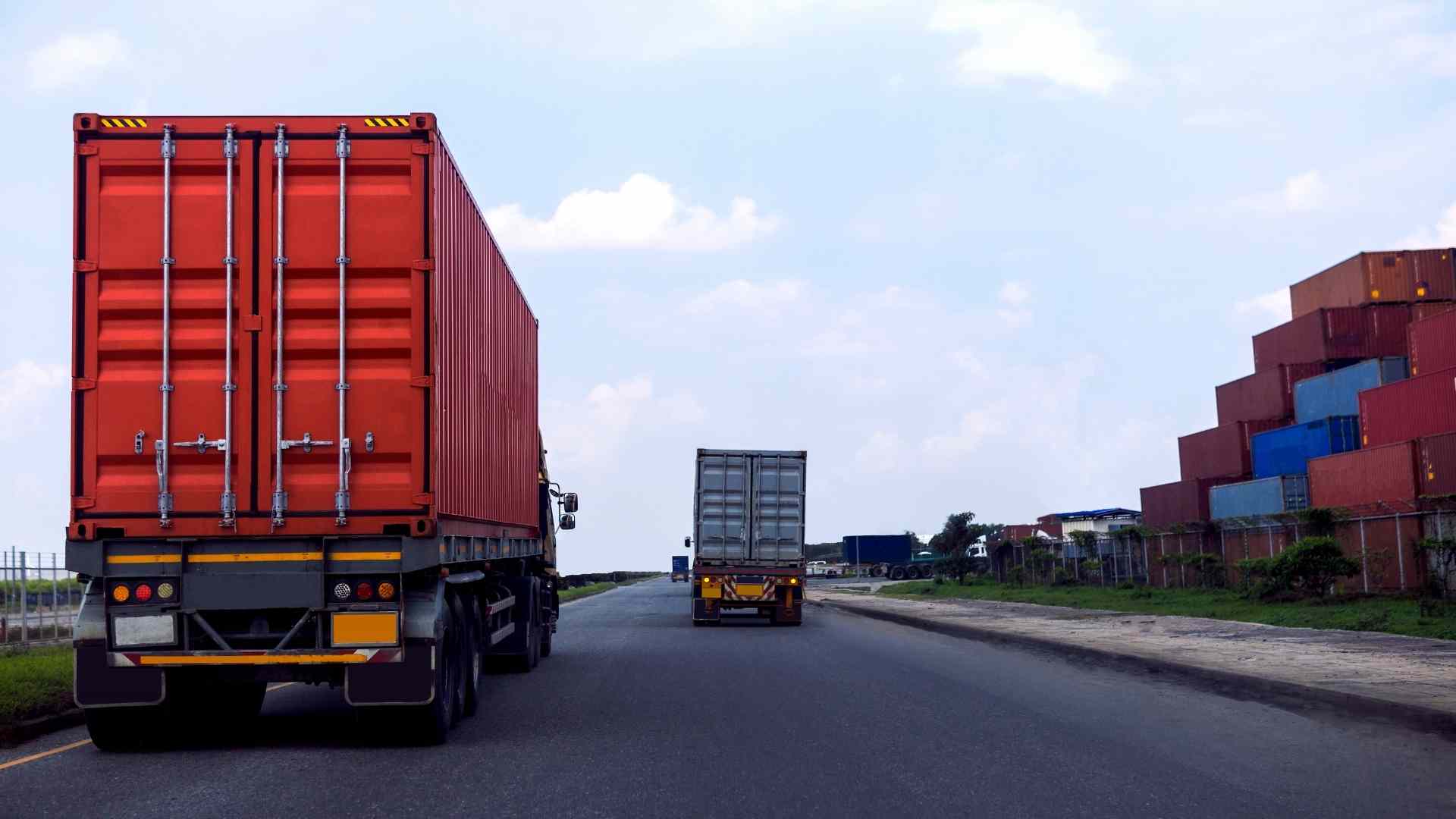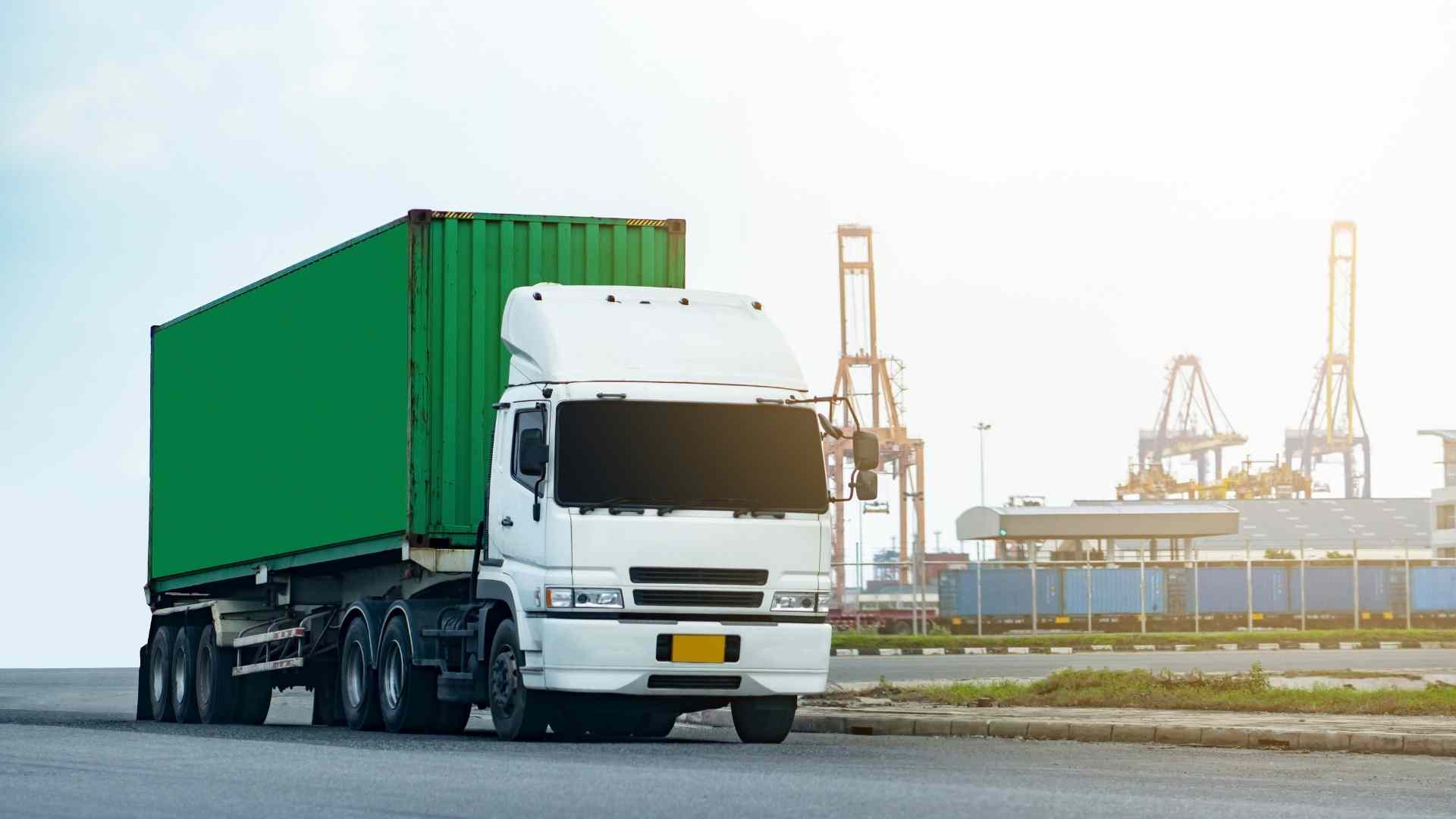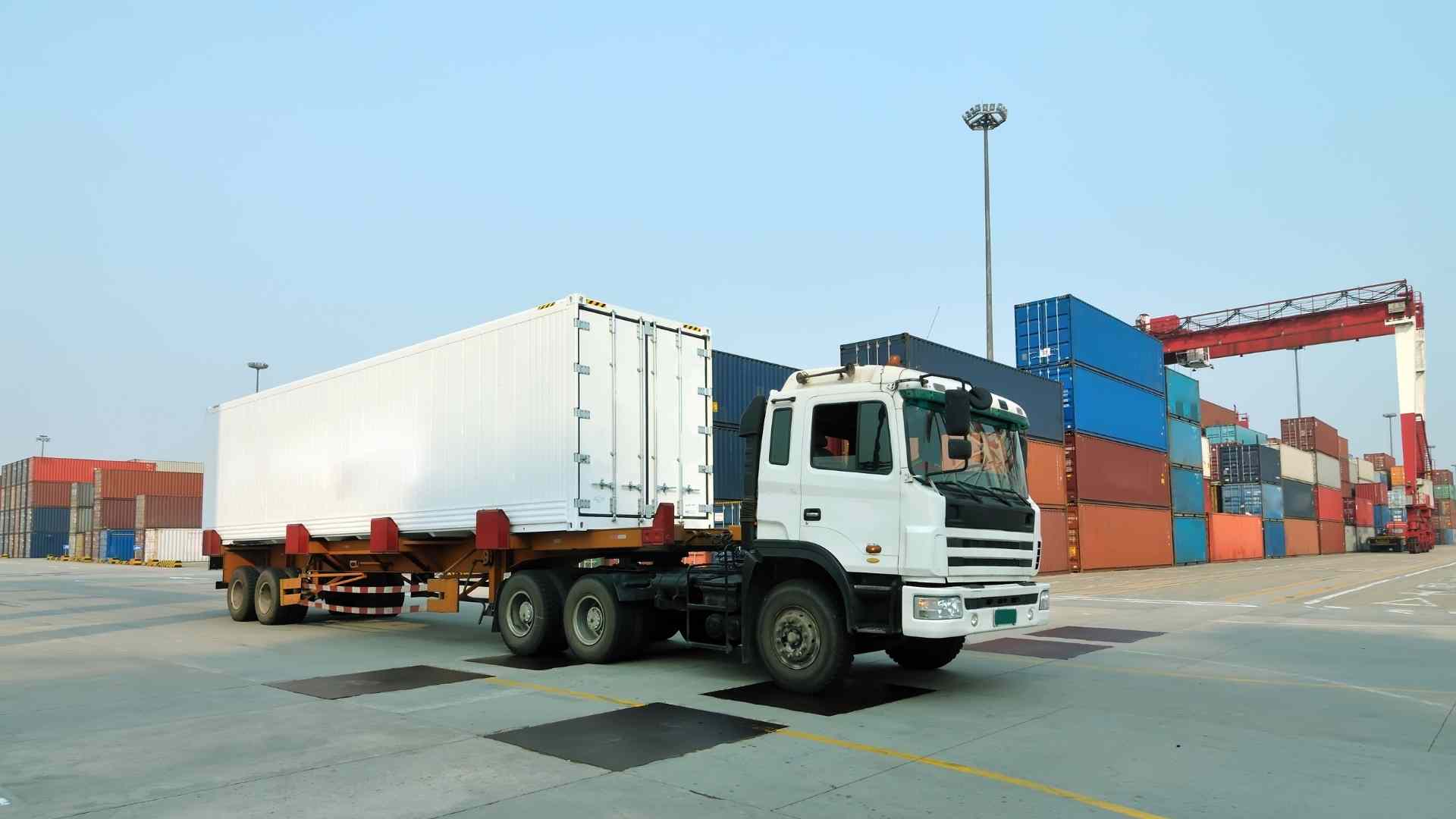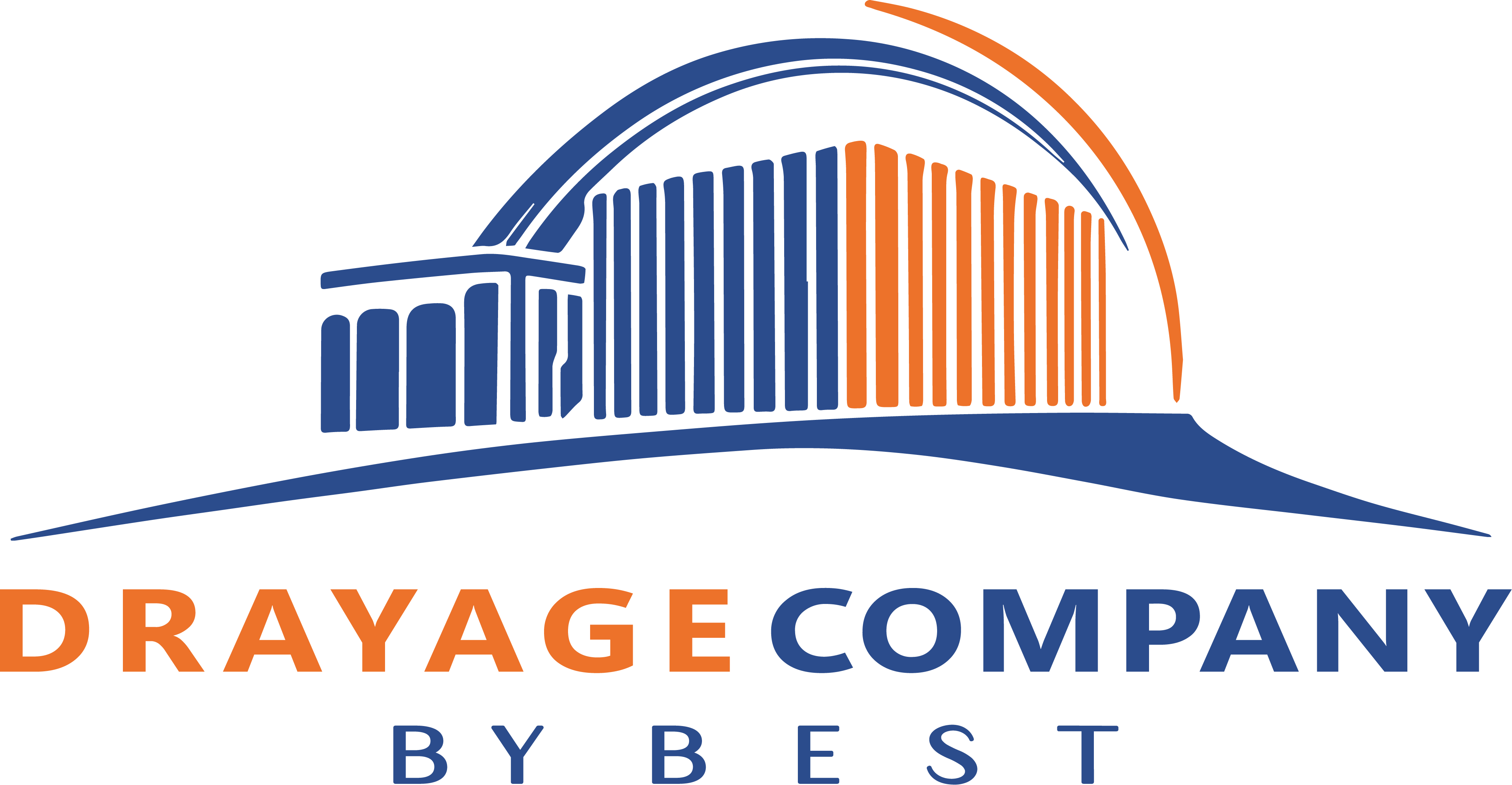A drayage service agreement is the backbone of reliable container transport between ports, rail yards, and warehouses. Without a clear contract, delays, surprise fees, and miscommunication can quickly derail time-sensitive shipments. Companies that move freight regularly need to know exactly what to expect, especially when trying to figure out who offers the best drayage services for port container transport.
Here are five key elements every good drayage service agreement should include.
Table of Contents
Key Takeaways✔ A solid drayage service agreement outlines scope, responsibilities, and service areas clearly. ✔ Transparent pricing and accessorial charges prevent billing surprises and help control costs. ✔ Equipment availability, especially chassis and trucks, should be guaranteed in the contract. ✔ Port access credentials and terminal familiarity are crucial for smooth container movement. ✔ Strong liability and insurance clauses protect against cargo loss, damage, and delays. ✔ Performance metrics and escalation paths ensure accountability and reliable service. ✔ Negotiating terms like detention limits, rate caps, and flexible delivery options adds value. ✔ Comparing providers means evaluating tech tools, response times, and contract flexibility. |

5 Key Elements Every Drayage Service Agreement Should Include
1. Clearly Defined Scope of Services
A strong drayage service agreement starts by clearly outlining the scope of work. This includes what the carrier is responsible for, the type of containers moved, and the locations involved. Without specific service details, misunderstandings and costly delays are more likely.
What a Clearly Defined Scope Should Include
- Container Type and Handling Requirements: Drayage contracts should specify whether the service includes 20-foot, 40-foot, or reefer containers and any special handling instructions. If the agreement leaves this out, it creates confusion at pickup—especially for companies comparing what is the best drayage solution for intermodal shipping.
- Service Areas and Access Points: Define the pickup and delivery zones, such as specific terminals, rail yards, or warehouses. A precise service map helps identify who offers the best drayage services for port container transport in a given region and avoids wasted time at unauthorized locations.
- Included and Excluded Tasks: Clarify whether the service includes unloading, chassis usage, or container repositioning. When a business is assessing what the best drayage company near me is, clear task outlines make it easier to compare value and avoid surprise fees.
2. Transparent Rate Structures and Accessorial Charges
Pricing in drayage is rarely one-size-fits-all. A reliable agreement should spell out base rates, accessorial fees, and how unexpected costs are handled. Without this transparency, even a straightforward haul can become unpredictable and expensive.
Elements of Clear Pricing
- Base Rate Definitions: Contracts should state whether pricing is per container, per mile, or based on zones. For instance, a company wondering what is the best drayage solution for intermodal shipping will need to know how a 40-foot container traveling from the Port of Los Angeles to an inland rail hub is priced—and whether that includes fuel or tolls.
- Accessorial Charges and Triggers: Common add-ons like chassis fees, pre-pull charges, and detention time must be detailed. If a driver waits two extra hours at the port due to congestion, the agreement should clearly outline when that becomes billable—and at what rate.
- Billing Schedules and Payment Terms: A good agreement defines how often invoices are issued and the timeline for payment. For businesses evaluating who offers the best drayage services for port container transport, knowing whether charges post weekly or monthly can influence cash flow planning.
3. Equipment Availability and Capacity Commitments
Drayage delays often boil down to one issue: equipment readiness. Whether it’s a chassis shortage or not enough trucks on hand, capacity issues can disrupt entire supply chains. Strong contracts address this head-on.
Key Points to Assess Availability and Capacity
- Chassis and Trailer Access: Drayage companies must specify whether they provide chassis or if the shipper must source them. For instance, businesses searching for what is the best drayage company near me may prefer providers who offer company-owned chassis fleets to reduce reliance on third-party rentals.
- Driver and Truck Availability: The rise in the e-commerce industry has significantly increased demand for drayage services, putting added pressure on carriers during high-demand windows. Peak seasons like holiday imports or agricultural exports further strain driver capacity, so agreements should include average availability times or volume limits to prevent misunderstandings during rush periods.
- Backhaul and Load Prioritization: If a company relies on daily or high-volume shipments, the agreement should define how those loads are prioritized. This is particularly important when deciding who offers the best drayage services for port container transport during high-traffic windows like post-Chinese New Year.
4. Defined Service Areas and Port Access Credentials
Drayage is local by nature, but “local” can vary widely depending on the port and terminal restrictions. A well-structured agreement should make service boundaries and port entry conditions clear.
Considerations to Evaluate Service Areas and Port Access
- Terminal and Port Coverage: List every terminal and railyard the carrier regularly services. A company comparing what is the best drayage solution for intermodal shipping will want assurance that the provider is experienced with specific locations like the Port of Savannah or BNSF in Chicago.
- TWIC and Port Authority Compliance: Drivers must meet credentialing standards like TWIC (Transportation Worker Identification Credential) and comply with local terminal rules. A contract should confirm that all drivers are cleared for secure port entry to avoid denied access at critical points.
- Extended Area and Cross-State Limits: Some providers include cross-state or extended service zones for an additional fee. If a container needs to move from New Jersey ports to inland Pennsylvania, the agreement should lay out pricing, timing, and whether that longer dray counts as intermodal.
5. Liability, Insurance, and Risk Protections
Risk is part of every freight move—especially in drayage, where delays, damage, and theft can all occur within a short radius. A strong agreement doesn’t just mention insurance; it explains exactly what’s covered and under what conditions.
Key Elements to Look for in Liability and Insurance Coverage
- Cargo Damage and Theft Clauses: The contract should clarify limits of liability for damaged or lost goods. For example, if high-value electronics are being hauled from the Port of Long Beach, knowing whether $100,000 in cargo insurance applies is critical—especially when deciding what is the best drayage company near me.
- Force Majeure and Delay Handling: Unexpected disruptions like port strikes, severe weather, or traffic incidents should fall under a well-defined force majeure clause. This ensures that neither party is unfairly penalized for events outside their control.
- Documentation and Claims Process: Agreements must outline how and when to file claims. For shippers choosing who offers the best drayage services for port container transport, a clear timeline for submitting supporting documents and receiving reimbursement builds trust and accountability.
How to Compare Drayage Providers Effectively
Choosing the right drayage provider can make or break a supply chain—especially when timing, compliance, and container visibility matter. As the freight brokerage market continues to grow at a projected 6% annual rate through 2032, competition among providers is rising, making smart carrier selection more critical than ever. The best partner will offer more than just low rates; they’ll deliver consistency, transparency, and adaptability.
Here’s how logistics teams can evaluate and compare providers with confidence:
1. Review Port Access and Terminal Familiarity
Start by asking which terminals and ports the provider regularly services. A company evaluating what is the best drayage company near me should prioritize carriers with proven experience at specific ports and local gate systems. Familiarity with terminals means fewer delays, smoother pickups, and faster turnaround times.
2. Evaluate Equipment Ownership and Availability
Does the provider own their own chassis and trucks, or do they rent from a pool? Ownership typically means more control and faster dispatch, while rentals can increase the risk of shortages during peak season. For those seeking what is the best drayage solution for intermodal shipping, equipment reliability is a key differentiator.
3. Check Real-Time Tracking and Technology Integration
A top-tier drayage company should offer ELD tracking, GPS updates, and integration with TMS or EDI systems. This allows for real-time container status and smoother coordination with warehouses or rail. Visibility is crucial for businesses wondering who offers the best drayage services for port container transport in high-volume environments.
4. Compare Service-Level Agreements and KPIs
Service contracts should outline metrics like on-time pickup, average dwell time, and issue resolution speed. Providers who clearly report on performance are more likely to deliver consistent service. SLAs are especially important for companies managing time-sensitive container transfers through intermodal hubs.
5. Examine Response Time and Dispatch Process
Ask how quickly the provider can dispatch a truck after receiving an order, especially during congestion or equipment outages. Companies searching for what is the best drayage company near me should prioritize responsiveness, not just capacity. Fast dispatch means fewer port storage fees and better control over deadlines.
6. Review Insurance Coverage and Claims Handling
Confirm the level of cargo liability coverage and how claims are managed in the event of damage or loss. A reliable provider will walk through their claims process and offer timelines for reimbursement. This transparency is essential when deciding who offers the best drayage services for port container transport with valuable cargo.
7. Assess Sustainability Practices and Environmental Compliance
As ports adopt stricter emissions standards, it’s important to choose drayage providers that operate clean, compliant fleets. Ask whether their trucks meet EPA guidelines or participate in green port programs like SmartWay. For companies exploring what is the best drayage solution for intermodal shipping, environmental responsibility can align with both compliance and brand values.
Negotiating Better Terms in a Drayage Contract
A well-negotiated drayage contract can save thousands over time—especially when dealing with high container volumes or tight delivery schedules. Knowing what to ask for during negotiations helps build stronger partnerships and avoids surprises down the line. Here are ways logistics professionals can secure better, more flexible contract terms:
1. Define Clear Detention and Demurrage Limits
Always negotiate how long a driver will wait before detention fees apply and who absorbs port demurrage charges. Many agreements default to strict time limits, but those can often be adjusted based on volume or service history. Shippers evaluating what is the best drayage solution for intermodal shipping should lock in fair time allowances that reflect real-world port delays.
2. Lock in Seasonal Rate Caps or Volume Discounts
Rates tend to spike during seasonal peaks or port congestion events, but that doesn’t mean costs have to spiral. Ask about rate caps or tiered discounts based on projected container volumes. This tactic is especially useful for companies comparing what is the best drayage company near me with plans for consistent year-round movement.
3. Add Flexibility for After-Hours or Weekend Deliveries
Standard contracts often assume weekday, daylight hours—but shipping doesn’t always follow that schedule. Negotiating pre-set rates for after-hours or weekend hauls gives more flexibility when schedules shift. This is critical for those seeking who offers the best drayage services for port container transport under tight timelines or customer demands.
4. Request Customized Reporting or Visibility Tools
If real-time tracking or performance metrics matter, ask for custom reporting as part of the contract. Many providers offer dashboards, but they’re not always included by default. Tailored visibility tools make it easier to track KPIs and ensure the provider is delivering what is promised.
5. Set Clear Escalation Paths for Service Failures
When a shipment is delayed or mishandled, knowing exactly who to contact and how the issue will be resolved can reduce downtime. Strong contracts include escalation procedures, response timelines, and contact tiers. For companies narrowing down what is the best drayage company near me, defined accountability builds long-term trust.
6. Negotiate Contract Renewal Triggers and Review Dates
Drayage contracts should include checkpoints—not just auto-renew terms. Consider adding annual review clauses tied to performance metrics, volume shifts, or rate adjustments. This ensures both parties stay aligned, particularly for shippers evaluating what is the best drayage solution for intermodal shipping as operations evolve.
7. Include Contingency Terms for Port Disruptions or Strikes
Unexpected events like labor strikes, port shutdowns, or severe weather can halt container movement without warning. A smart contract includes contingency clauses that outline alternate routing, storage options, or cost-sharing during disruptions. Shippers evaluating what is the best drayage company near me should prioritize providers open to proactive planning for unpredictable delays.
Frequently Asked Questions (FAQs)
What’s the difference between drayage and long-haul trucking?
Drayage refers to short-distance freight movement, typically from a port or rail terminal to a nearby warehouse or distribution center. Long-haul trucking covers much longer distances, often crossing state lines or regions. While both involve trucking, drayage is more time-sensitive due to port scheduling and container storage limits. Businesses comparing what is the best drayage company near me should prioritize local expertise and port access over national coverage.
Are drayage services regulated differently than other types of freight transport?
Yes, drayage services often operate under stricter local regulations, especially when entering secured port terminals. Drivers may need special credentials like TWIC cards, and trucks must comply with emissions rules set by port authorities. These localized regulations make drayage a more specialized niche within freight logistics. Shippers assessing what is the best drayage solution for intermodal shipping should confirm the provider’s compliance with both federal and port-specific rules.
Can a drayage provider handle customs clearance or documentation?
Some drayage companies offer customs clearance support, but it’s not a guaranteed service. Many partner with customs brokers to handle documentation for international containers. It’s important to clarify these capabilities up front if cross-border or bonded freight is involved. For businesses trying to decide who offers the best drayage services for port container transport, having end-to-end support can simplify operations.
How does port congestion impact drayage delivery timelines?
Port congestion can lead to significant delays in container pickups and drop-offs, increasing dwell time and potential detention charges. Some drayage providers adjust their schedules or pre-pull containers to reduce wait times. A flexible service model becomes essential during peak congestion periods. When evaluating what is the best drayage company near me, it helps to choose one with experience managing unpredictable port traffic.
Do all drayage providers support reefer containers?
Not all drayage companies handle refrigerated (reefer) containers, as they require specialized equipment and power sources. Reefer drayage often involves time-sensitive delivery and temperature monitoring throughout the trip. If a shipment includes perishable goods, confirm whether reefer handling is available and supported under the contract. This detail is critical when deciding what is the best drayage solution for intermodal shipping involving food, pharmaceuticals, or other temperature-sensitive cargo.

Power Up Port Moves with Drayage Company By Best in NYC
At Drayage Company By Best, we keep New York City’s supply chain moving—fast, reliable, and on your terms. From high-volume container pulls to time-sensitive intermodal transfers, our team knows the ports, terminals, and backroads better than anyone. We don’t just offer drayage—we deliver smarter, cleaner, more accountable transport for businesses that can’t afford delays.
If you’re looking for the best drayage company near me, let’s talk logistics that work. Contact us today!

